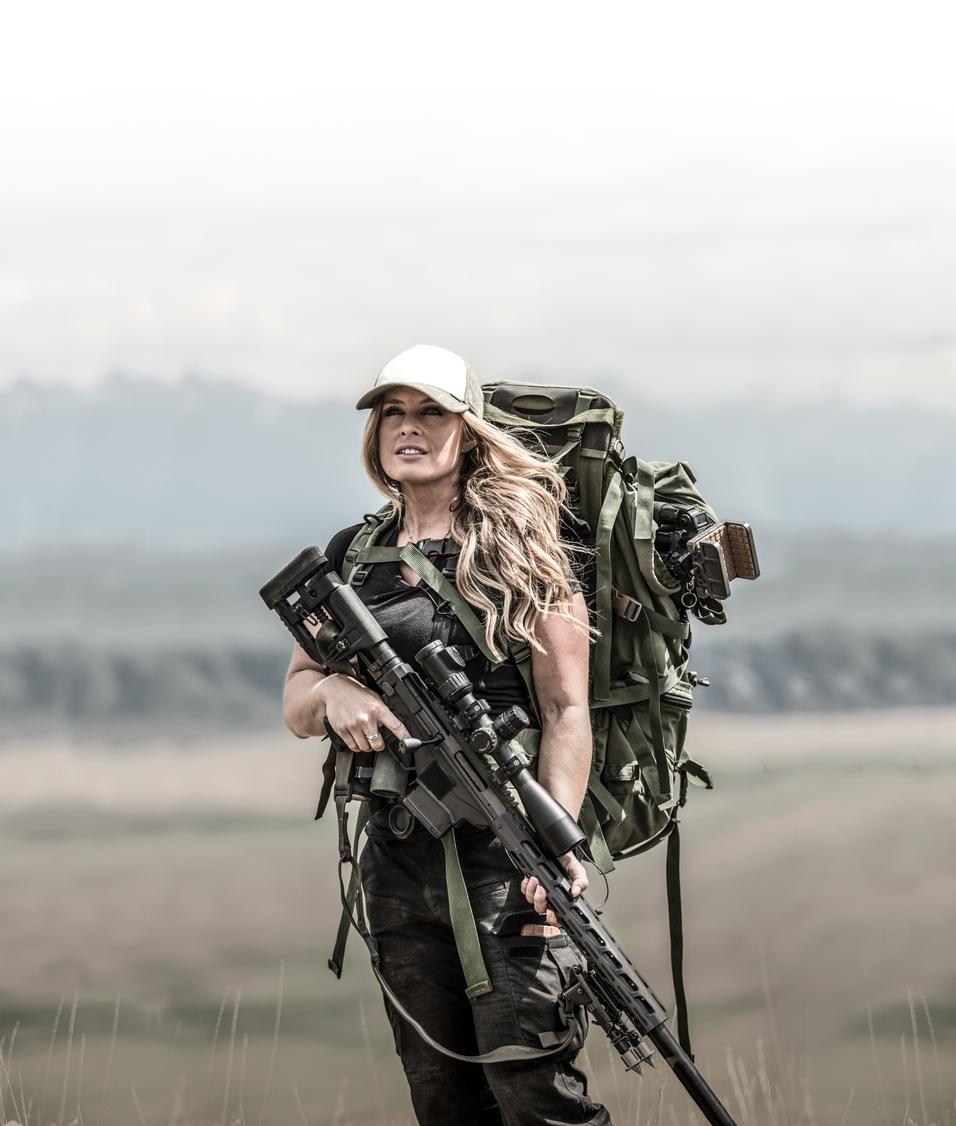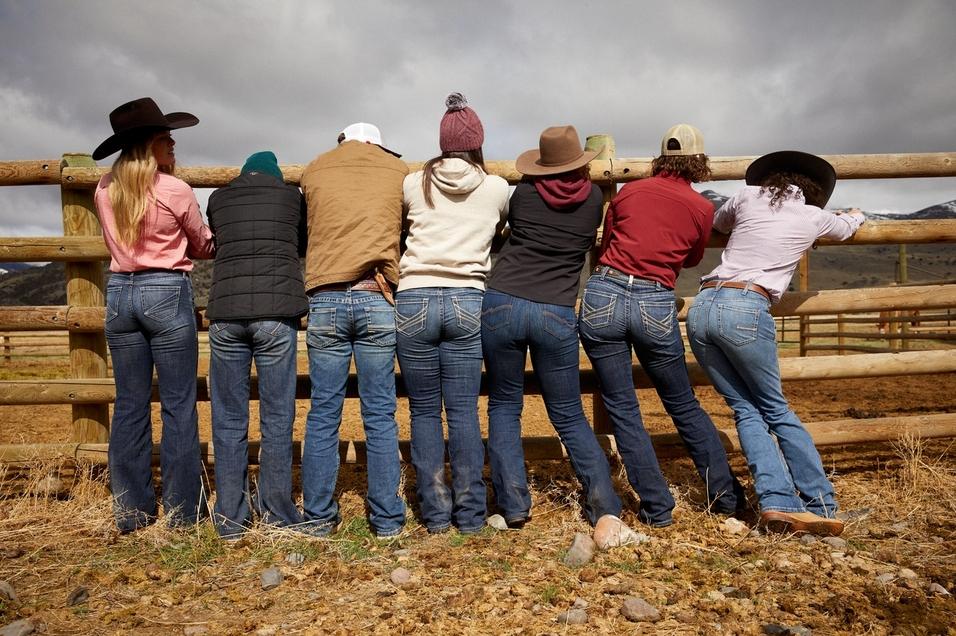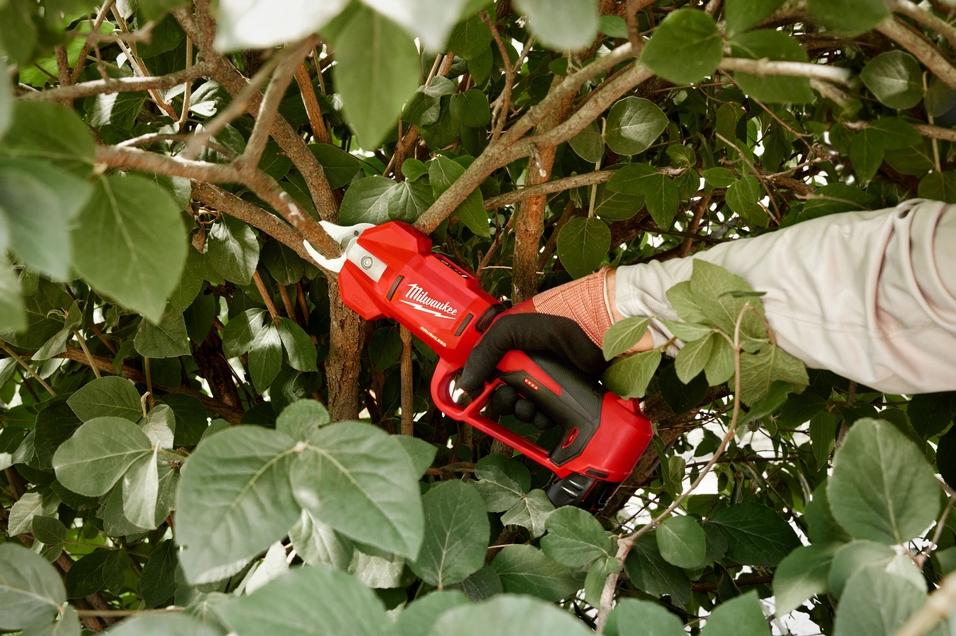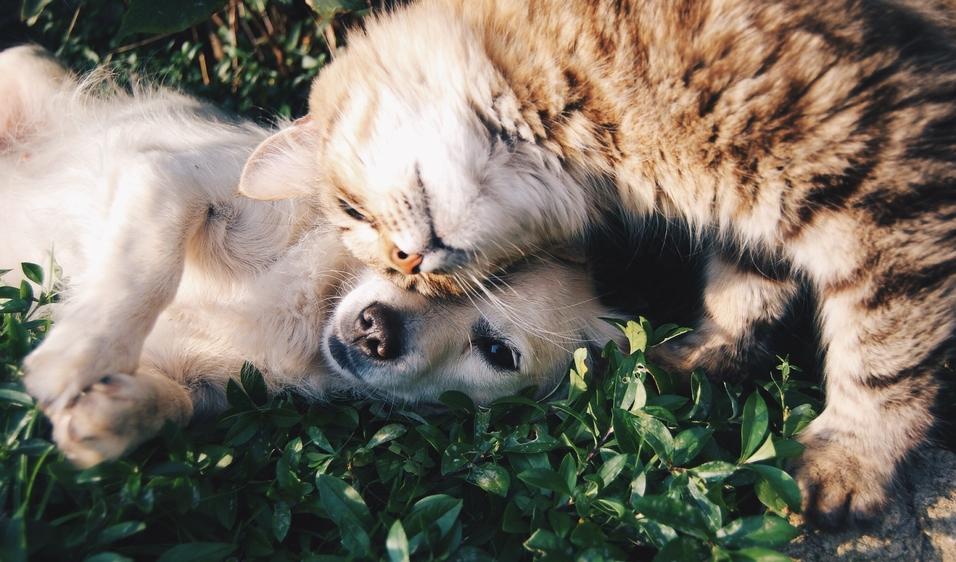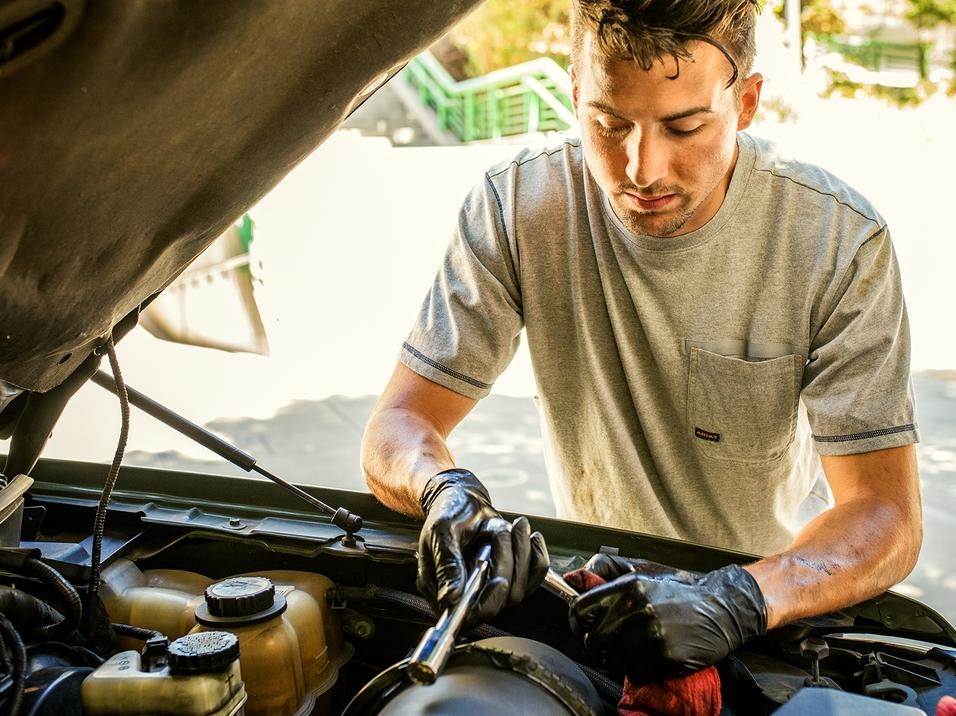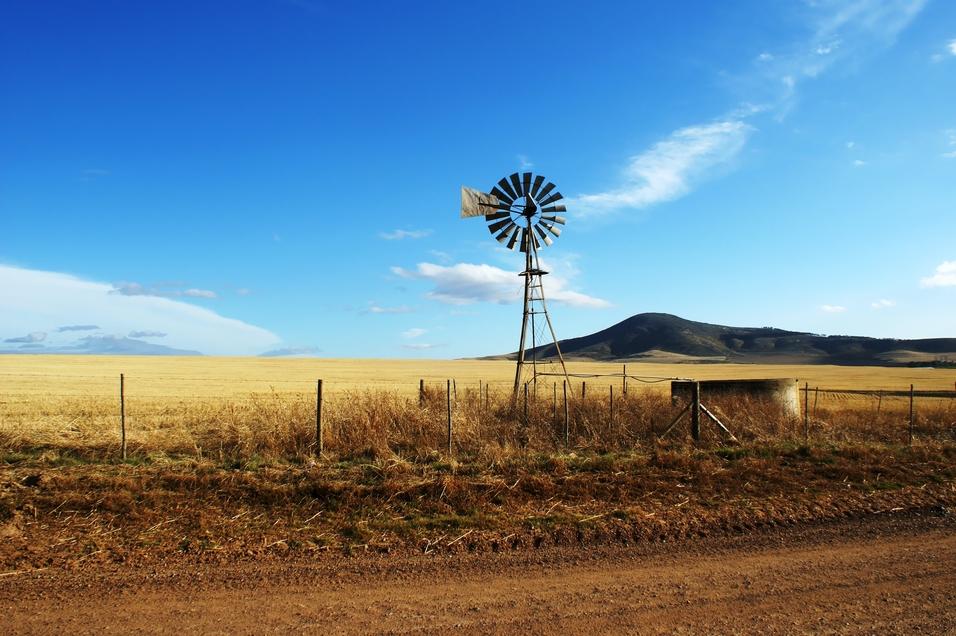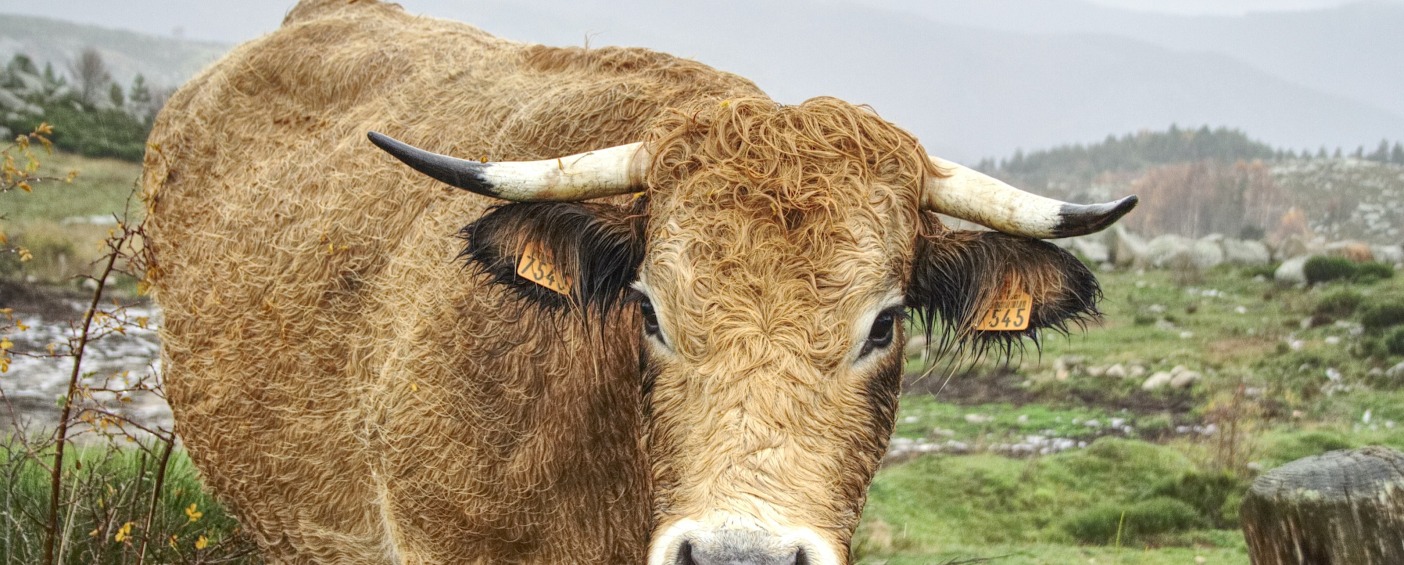
Oct 13, 2022
Preparing Your Ranch For The Winter Months
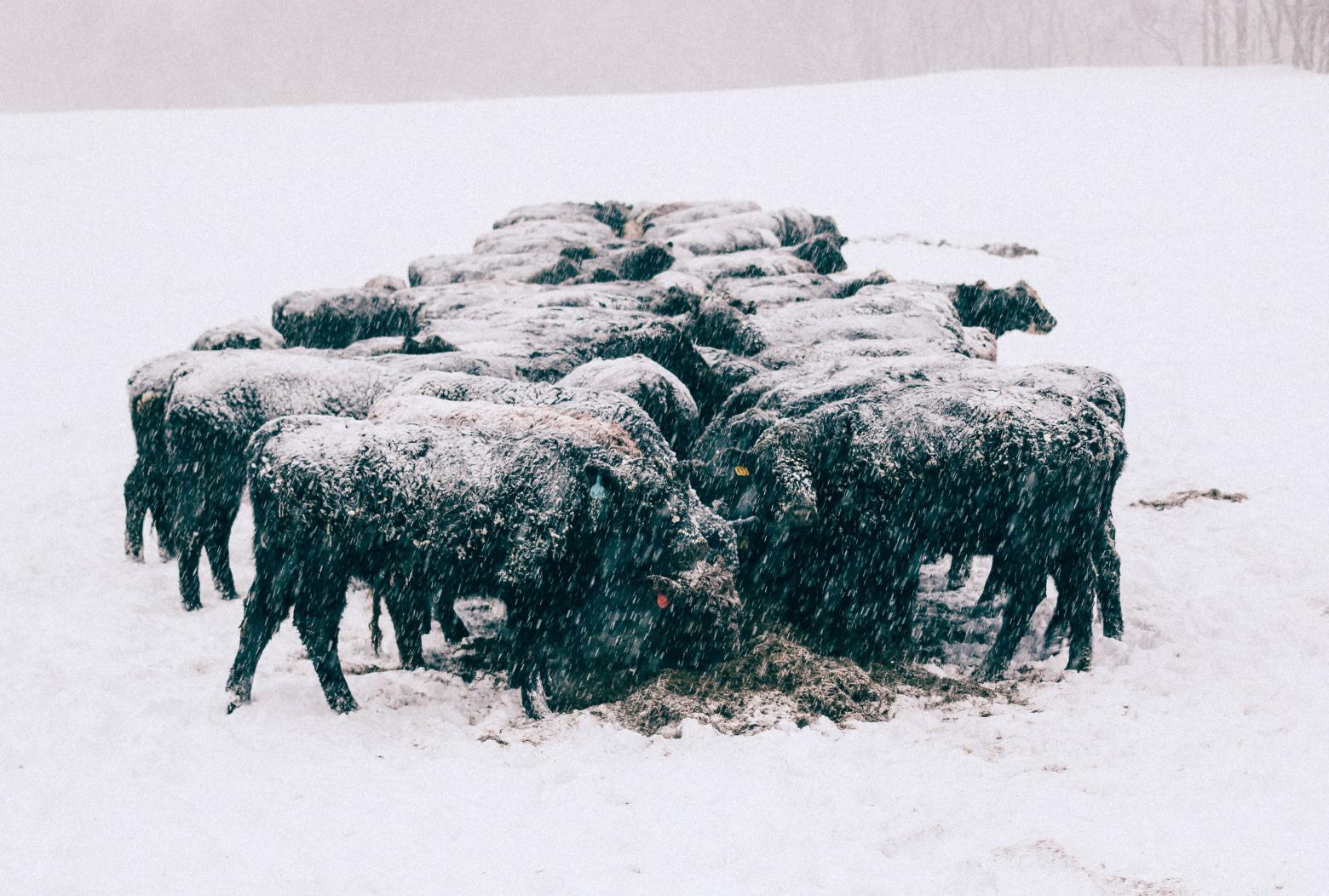
Preparing cattle for the winter starts long before the days get shorter. Cattle preparation starts with a solid foundation in health and nutrition. Cattle that are healthy and maintain a good Body Condition Score (BCS) are ready for the winter months. Here are some specific tips to help prepare your cattle.
- BCS your herd early. Late summer or early fall is the ideal time for BCS, but it is never too late. Set aside some time and BCS your herd, recording their scores for future reference. Cattle with a BCS of 5 or 6 will do better in the winter months. Group cattle with a BCS of 4 separately, and work at increasing their BCS to 5 or 6.
- Add feeders to pastures to supplement fall grazing. Move your feeders periodically to minimize soil damage. If hay is fed on the ground, place it in different locations every day to improve the soil quality with the uneaten hay.
- Beware that some forages are toxic to cattle after frost. Sorghum and Sudangrass are examples that must be avoided for a few weeks after the first frost. Know what is in your fields and do your research to keep your livestock safe.
-
Do a herd health check. Consult your veterinarian for any fall vaccinations that are required. Winter lice, pneumonia, and hoof rot can be problems in colder weather. Taking the necessary steps now can prevent them from entering your herd.
Preparing Your
Ranch for The Cold
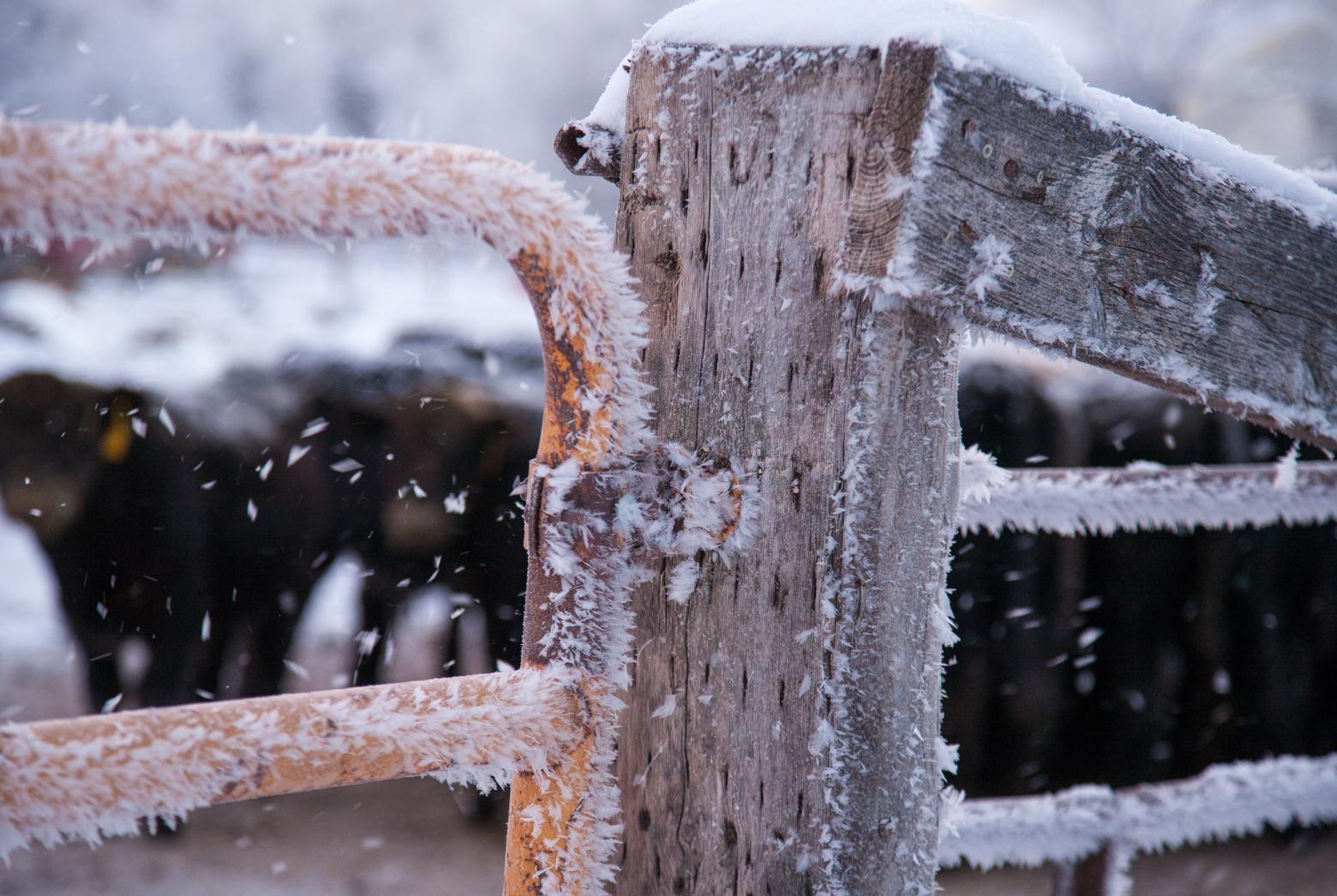
The ranch is the other
half of the equation in preparing for colder months. Stockmen and women spend
long hours on the ranch, and extreme weather can make this work more
challenging. By preparing your ranch for cold weather now you can minimize the
amount of time you have to spend out in the cold!
- Identify windbreaks for your herd or groups of cattle. Make sure sufficient wind protection is available at each location. Fix or add windbreaks and shelters, as necessary, keeping in mind that cattle often prefer wooded areas to shelters for protection.
- Identify and prepare winter grazing fields. Cattle can graze through almost a foot of snow, although supplemental feed will also be needed. Check fences in these fields and repair them before the ground freezes!
- Test your winter forages. Understanding the nutrient value of forages is imperative, whether you produce your own or purchase forage from another rancher. Work with an animal nutritionist or Cooperative Extension educator to balance the ration for your cattle and add supplements where needed.
- Keep a supply of extra forage in case bad weather strikes and feeding requirements increase.
- Create a water plan. Water is an essential nutrient for cattle.
- What water sources are available in cold months, and are there secondary water sources available?
- How will freezing temperatures affect access to water by cattle?
- Each animal will need between seven and twelve gallons per day. Cattle prefer to drink warmer water and will consume less if it is cold. Consider stock tank heaters or hauling warmer water out to cattle to keep their intake up.
- Prepare a winter calving location, if necessary. Winter calving is normal in some geographic areas, and temperatures can be problematic for young calves. Prepare areas for cattle now by adding feeders, checking shelters, and fixing fences. Ensure you are checking on cattle regularly, and have shelter prepared for pairs to keep warm once calves are born.
- Prepare a spot in the barn or a pen dedicated to treatment for cattle that may need medical or nutritional assistance.
- Complete fall maintenance on all your equipment, including chutes, gates, and tractors. Make any necessary repairs now. If you use your chute in the winter, always work the chute, specifically the squeeze, tailgate, and head catch, a few times to warm it up before sending cattle in to ensure it is working properly before allowing animals to enter the chute.
- Add lighting. Make it easier for you and your employees to get your work done with fewer daylight hours by adding lighting to key areas or investing in additional flashlights and headlamps. Replace the batteries on any existing flashlights and headlamps.
Colder weather is
coming, but it doesn't need to be a frightful experience on your ranch.
Preparation now will minimize added work and stress in the coming months for
handlers and cattle.

